Tesla, the electric vehicle giant, has steadily carved a niche for itself as a pioneer in autonomous driving technologies. With its innovative approaches and continuous upgrades, Tesla has not only influenced major shifts within the auto industry but has also set new benchmarks for what we can expect from the vehicles of the future. In this blog post, we will explore Tesla's role in the development of autonomous vehicle technology, specifically focusing on Tesla Autonomous Driving and the array of features that make Tesla's vehicles stand out from the crowd.
Tesla’s journey into autonomous driving began with the introduction of its Autopilot system. This advanced driver-assistance system (ADAS) laid the groundwork for what would eventually evolve into full self-driving (FSD) capabilities. Tesla's Autopilot features are designed to reduce the workload on drivers by assisting in driving tasks such as steering, accelerating, and braking for other vehicles and pedestrians within its lane.
However, it’s Tesla’s Full Self-Driving suite that truly showcases its leadership in autonomous driving innovations. Despite the name, it's important to note that Tesla's FSD isn’t fully autonomous yet but operates at a Level 2 on the autonomous scale, requiring supervision from the human driver. Recent updates have introduced features like Navigate on Autopilot, Auto Lane Change, Auto Park, Summon, and Traffic Light and Stop Sign Control, pushing the boundaries of how integrated AI can be in everyday driving scenarios.
The integration of autonomy in electric vehicles (EVs) is another area where Tesla has made significant strides. Electric vehicles offer the ideal platform for implementing autonomous technologies due to their inherent connectivity capabilities, consistent torque delivery, and simplified mechanical design compared to combustion engine vehicles. Tesla has capitalized on this synergy between electric propulsion and digital technology to enhance both vehicle performance and the driving experience.
At the heart of Tesla’s autonomous capabilities lies its aggressive use of AI and machine learning. Tesla’s AI processes vast amounts of data collected from its vehicles worldwide to improve system functionalities through over-the-air software updates. This approach allows Tesla to continuously refine its algorithms based on real-world driving data, significantly accelerating the pace at which improvements are made compared to traditional vehicle testing methods.
Self-Driving Car Safety
Safety remains a paramount concern with autonomous technologies. Tesla asserts that its self-driving cars are safer than average vehicles because of their predictive capabilities and swift response to potential hazards. However, this area remains under scrutiny as regulators and safety experts call for more transparent data sharing regarding the safety performance of self-driving systems.
One of Tesla's most groundbreaking contributions to automotive technology is its use of over-the-air software updates. These updates ensure that every Tesla vehicle, regardless of when it was purchased, can benefit from new features and improvements. This approach not only enhances vehicle functionality over time but also adds value to the customer’s investment.
Looking ahead, the future of autonomous vehicles appears promising, with Tesla at the forefront of this evolution. As AI technology continues to evolve and regulatory frameworks become more defined, we can expect more advanced levels of driving automation. Tesla's ongoing developments in FSD technology could potentially lead to Level 5 autonomy, where no driver intervention is required at all.
Tesla's impact on the automotive industry cannot be understated. By integrating advanced technologies like AI and ML into their vehicles and pushing for widespread adoption of electric cars, Tesla has not only set high standards for innovation but has also forced traditional automakers to accelerate their own plans for electric and autonomous vehicles.
Conclusion
In conclusion, Tesla’s relentless pursuit of innovation in autonomous driving technologies continues to reshape our expectations of what cars can do. Through its robust integration of AI and machine learning, continuous software updates, and a clear vision for the future of transportation, Tesla remains at the forefront of the autonomous revolution. As we look forward to further advancements, one thing is certain: the road ahead is exciting, and Tesla is steering us toward a bold new world of automotive technology.

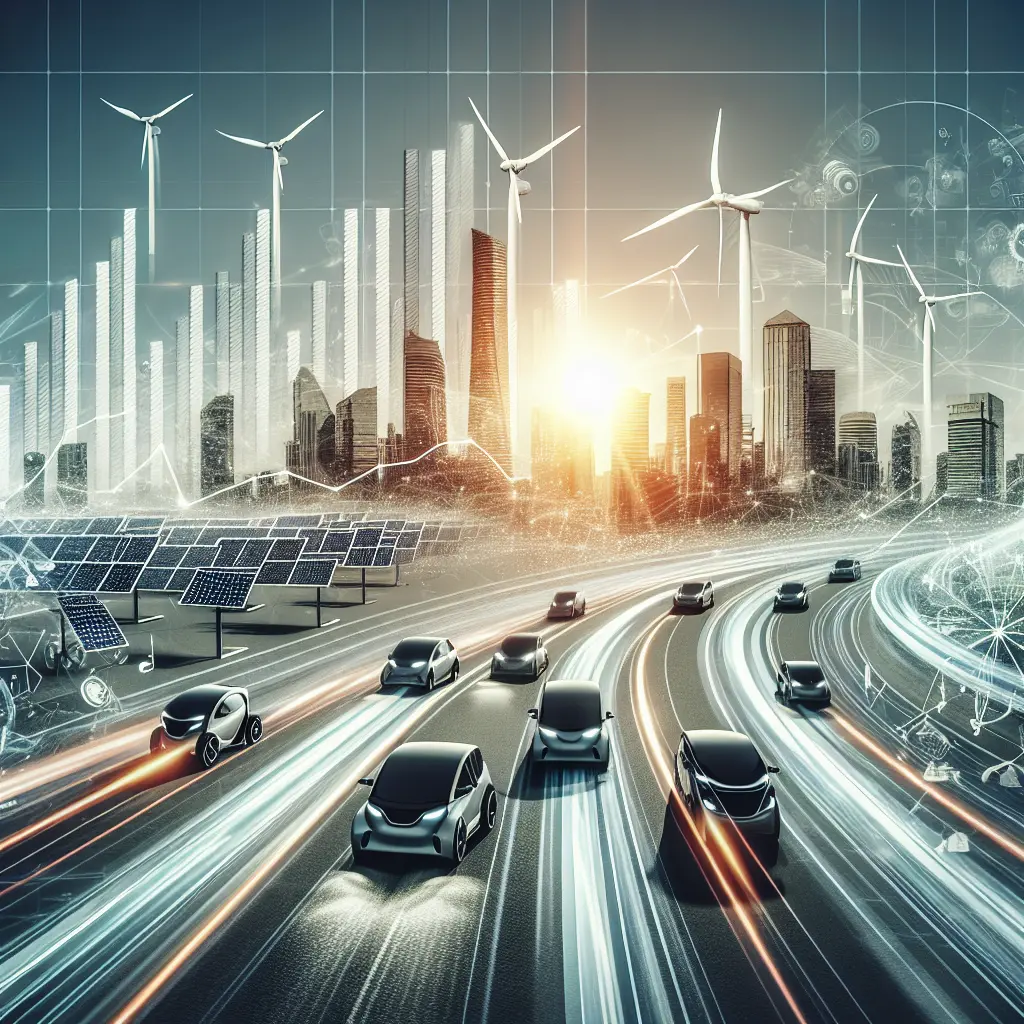
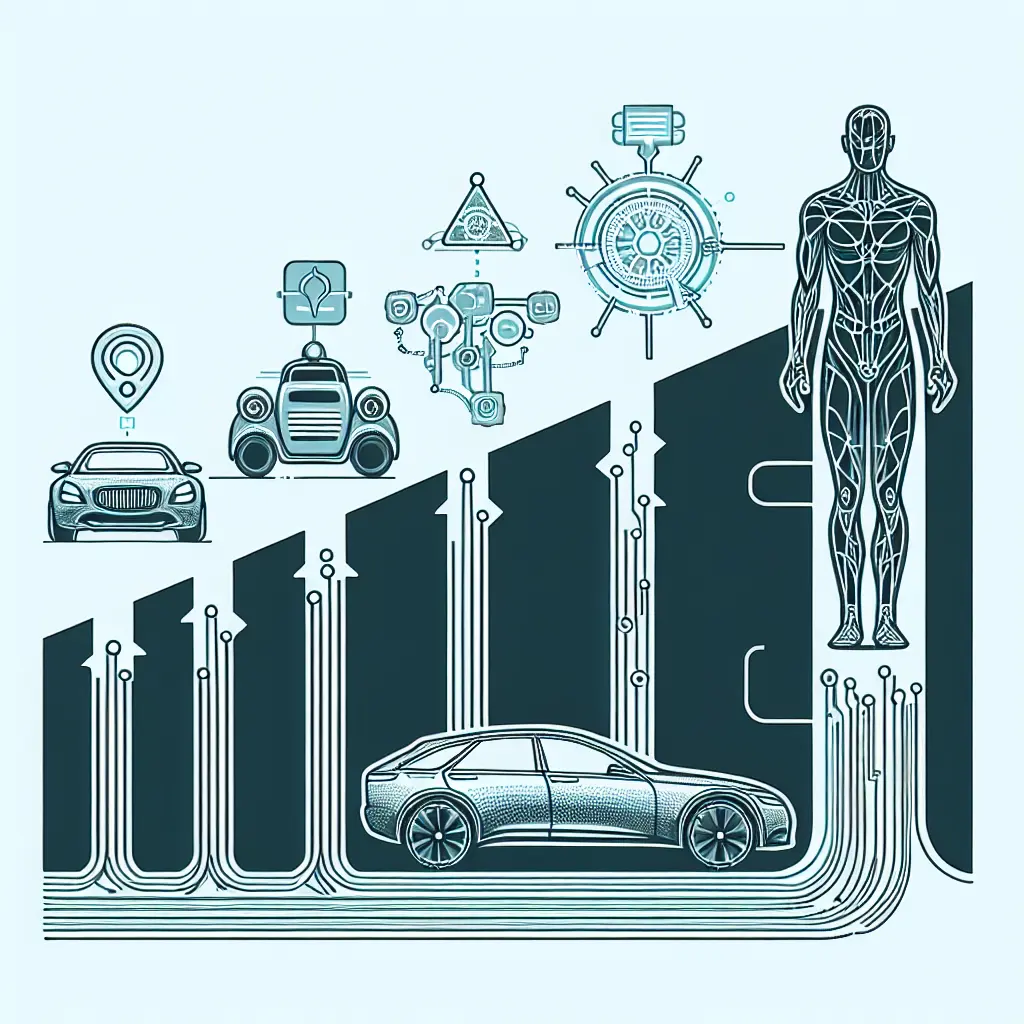

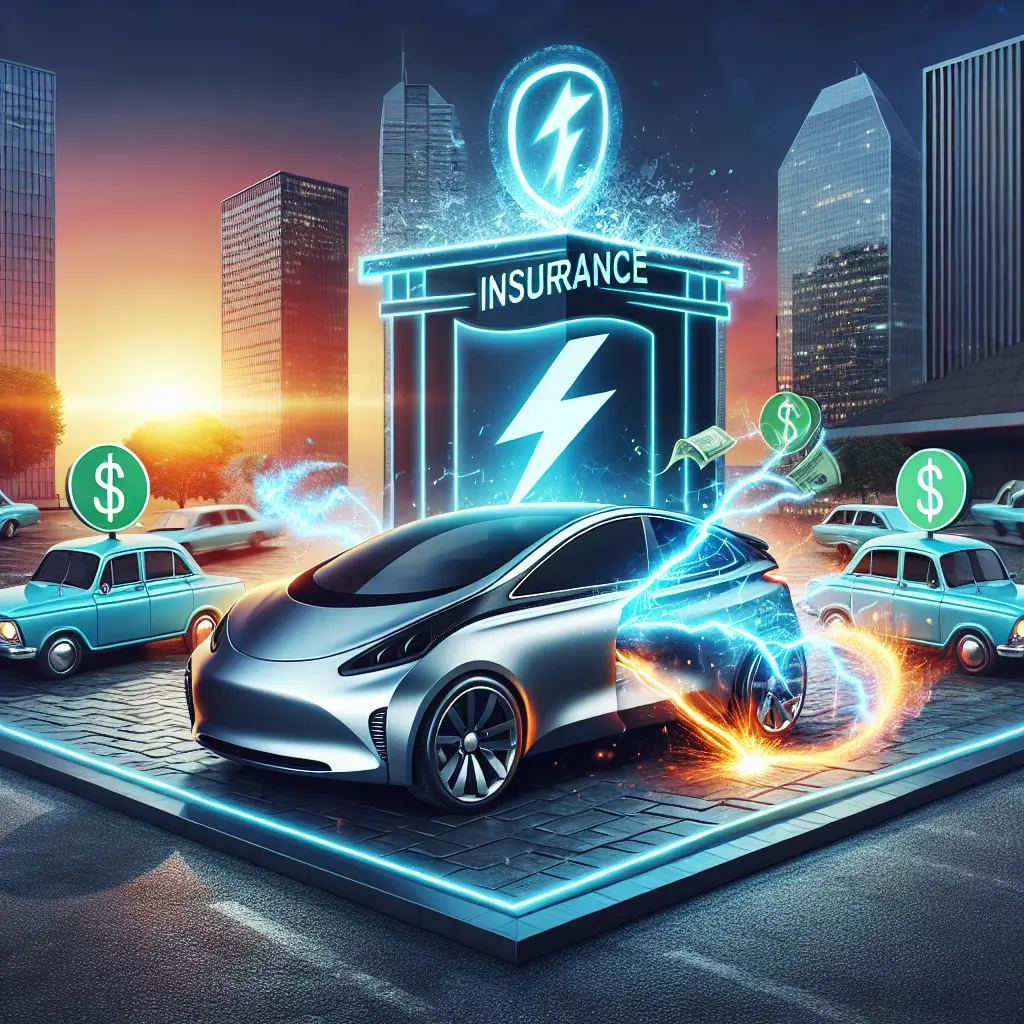
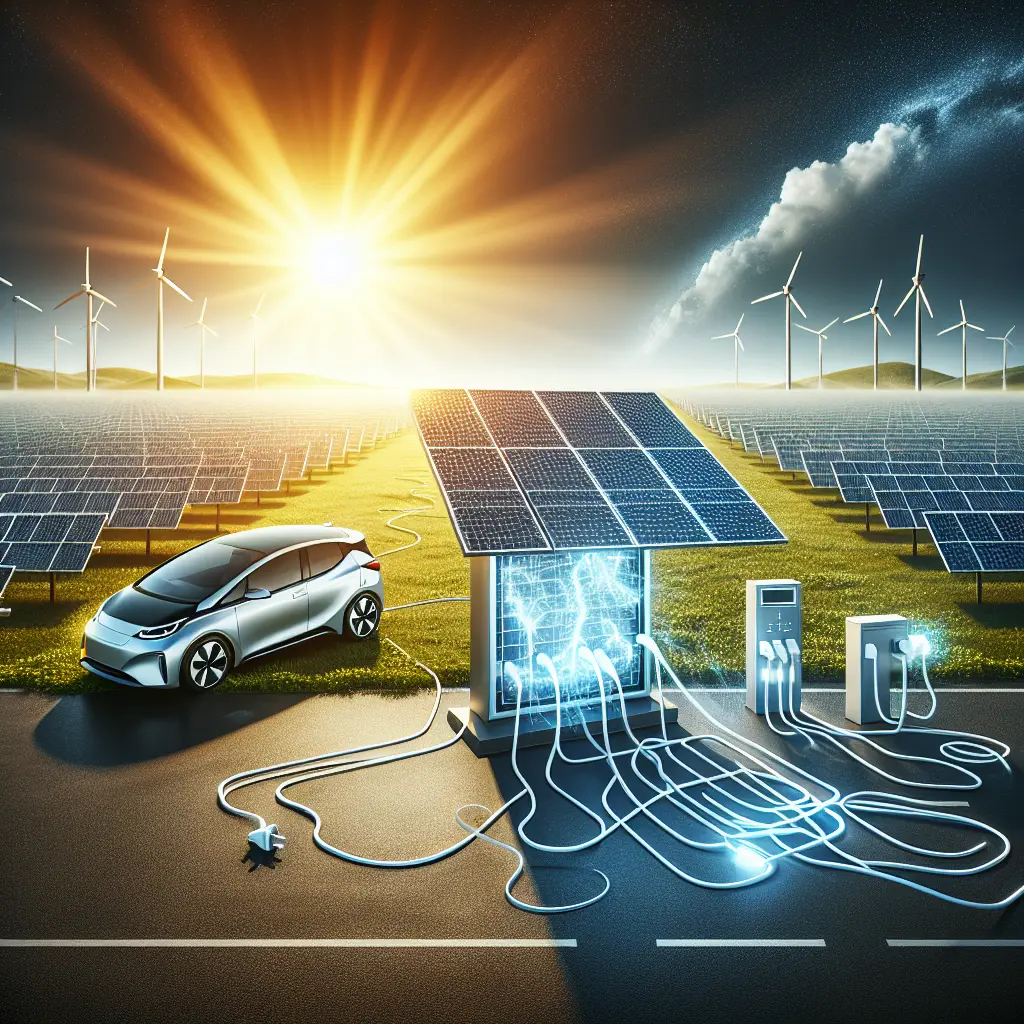
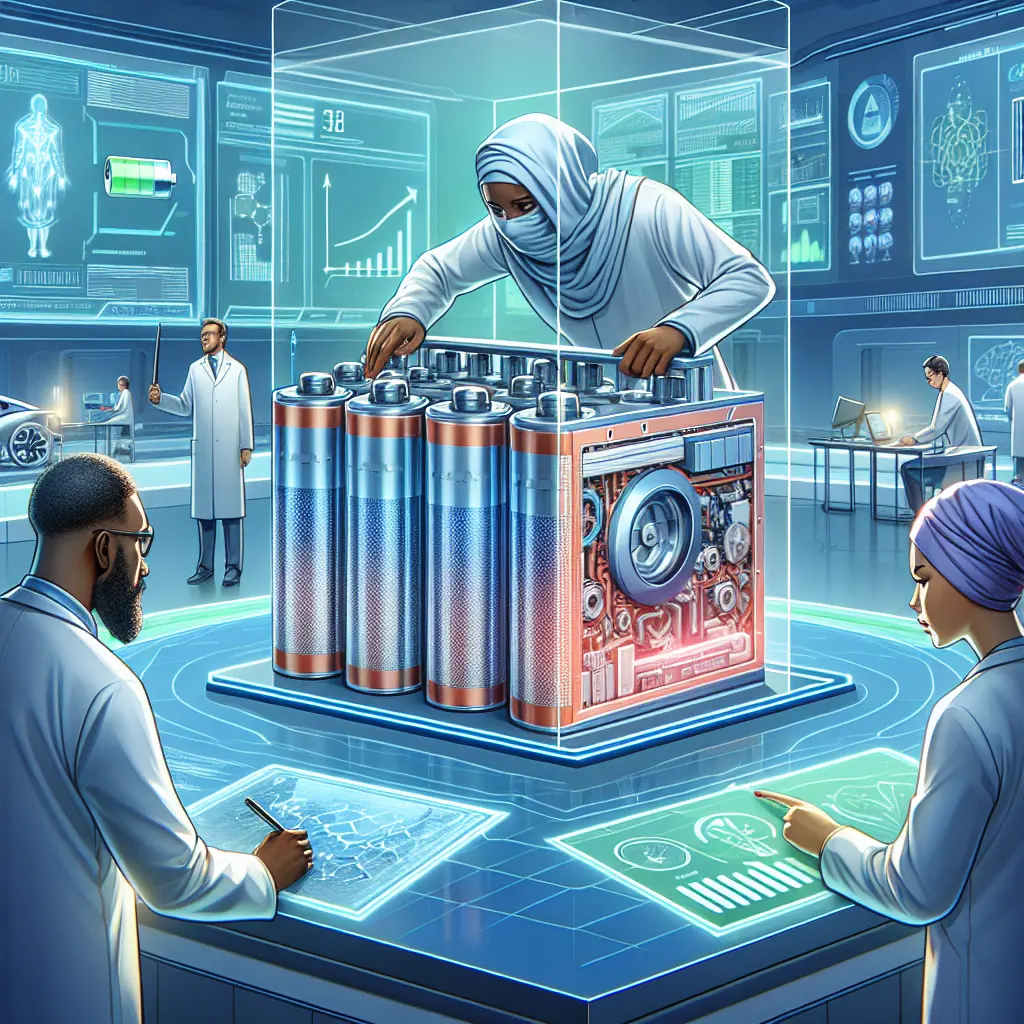
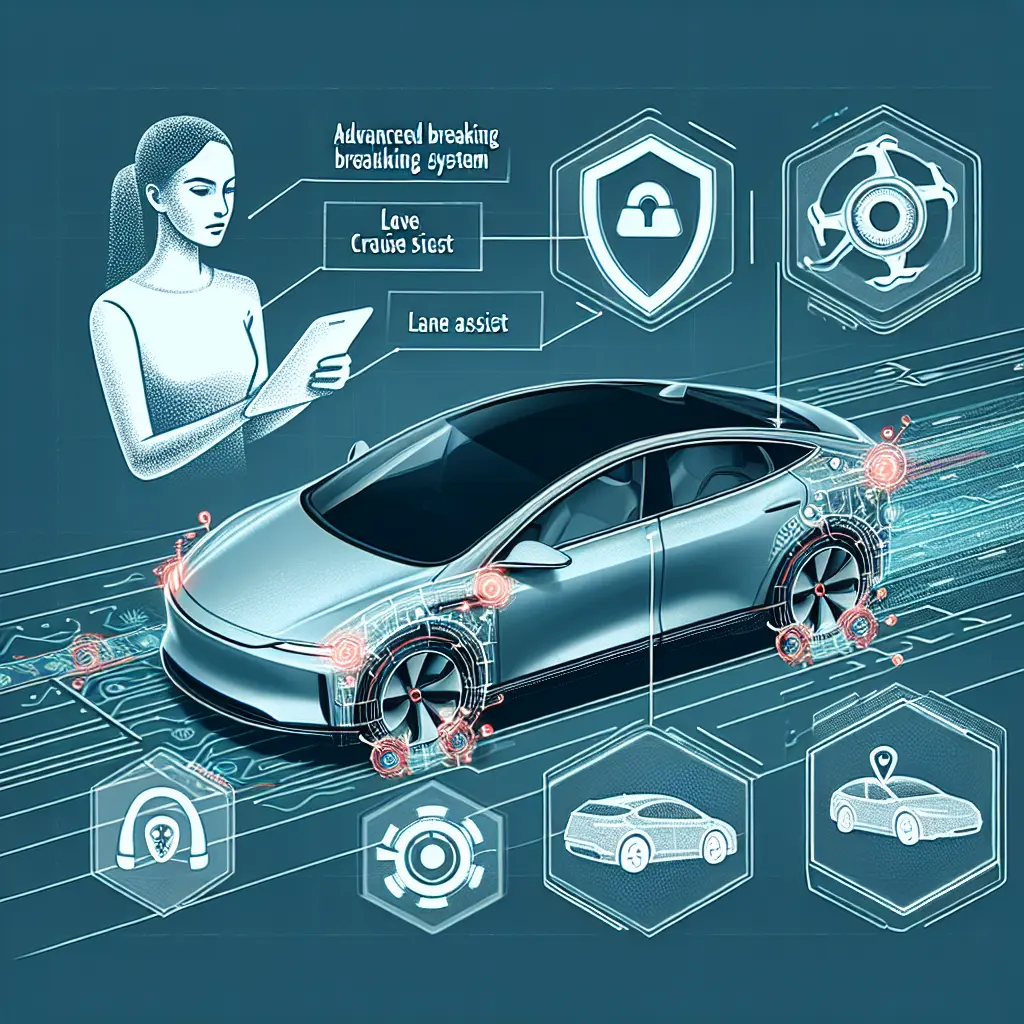


Leave a Comment